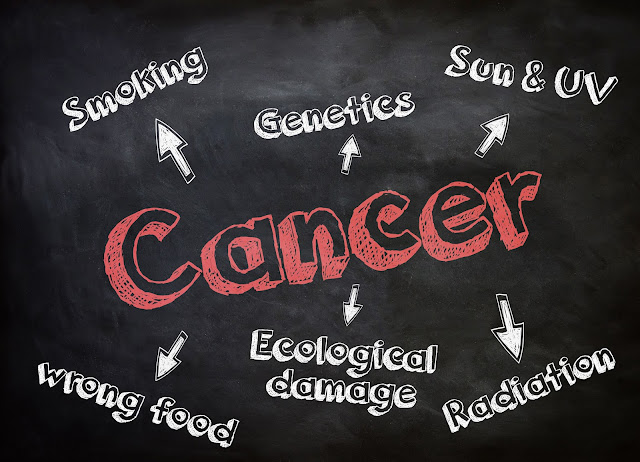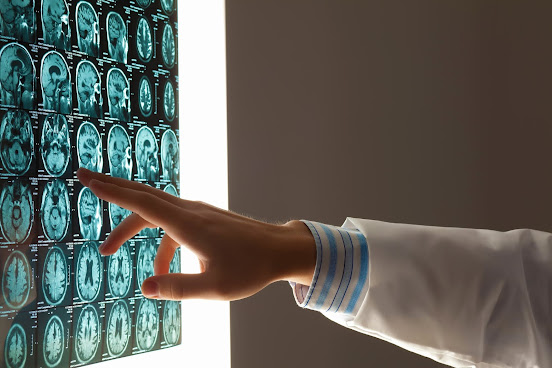Get to know important things about cancer chemotherapy!
You must have heard about cancer chemotherapy and might have a lot of queries about this treatment option. The word ‘chemotherapy’ is commonly used for medicines and drugs to treat any infectious disease. However, this term is commonly associated with cancer treatment.
Chemotherapy is widely used for controlling cancer, reducing its symptoms and curing it in some cases. It works by blocking the growth and multiplication of cancer cells in the body, thus avoiding its spread from one specific location to other parts of the body (metastasis). It can also destroy cancer cells which have spread to distant locations.
It can either be used as a monotherapy or in combination with other therapies such as surgery, radiotherapy, and hormone therapy. It constitutes:
Traditional or standard chemotherapy which uses anticancer drugs to destroy cancer cells
Neoadjuvant chemotherapy which is used prior surgery or radiation therapy to shrink cancer cells or tumors
Adjuvant chemotherapy which is used to destroy any remaining cancer cells after surgery or radiotherapy
Monotherapy or combination therapy with immunotherapy, biological therapy or targeted therapy for treating blood cancers, recurrent cancer (cancer which comes back) and metastatic cancer (cancer which spreads to distant locations)
How often a patient will receive chemotherapy and which combinations to be used is dependent on specific factors. Your oncologist will suggest a treatment plan including drugs, doses and a schedule considering the following factors:
Type and stage of cancer
Size of tumor and its location in the body
Overall health, age and body weight of the patient
Previous cancer treatments
Presence of other medical conditions
Chemotherapy can be given in various ways such as orally in form of tablets or capsules, intravenously via liquid or lyophilized injections in vein, topically in form of creams, intramuscular through injection in muscle, intra-arterial through catheter, intrathecally through injection in cerebrospinal fluid and intraperitoneal through a small tube with a special port in peritoneal cavity.
Chemotherapy is usually given in regular intervals called cycles. A cycle usually comprises a dose of one or more drugs given for one or more days followed by several days or weeks without treatment. The drug-free days helps the normal cells to recover from potential side effects of therapy. In some chemotherapy regimens, the dose of a drug is given for a certain number of days in a row or continuously for a set of days followed by a rest period. The number of cycles of chemotherapy depends on type and cancer stage.
A full course of chemotherapy is mandatory to fully recover from the cancer. It can be tough to remain consistent, many times the patient might feel fully drained, but a healthy lifestyle and good nutrition can help a cancer patient to stay active and determined during the treatment.
Also Explore 7 preventive tips to reduce the risk of getting cancer!
Frequently asked questions (FAQs)
Q. Is chemotherapy treatment painful?
Ans. Not necessarily. Chemotherapy can only cause mild pain at the injection site when it is administered through a catheter and special port.
Q. What side effects does chemotherapy have?
Ans. Chemotherapy can cause side effects as the growth of healthy cells is also affected by treatment. Damage to healthy cells such as cells lining the intestine and those that cause hair growth can lead to nausea, vomiting, indigestion, diarrhea, constipation, loss of appetite, fatigue, weakness and hair loss.




Comments
Post a Comment